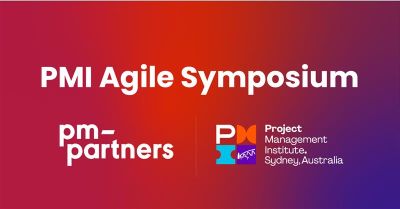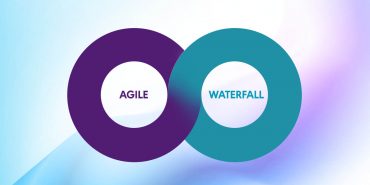Agile vs. Scrum vs. Scaled Agile (SAFe®): Understanding the differences
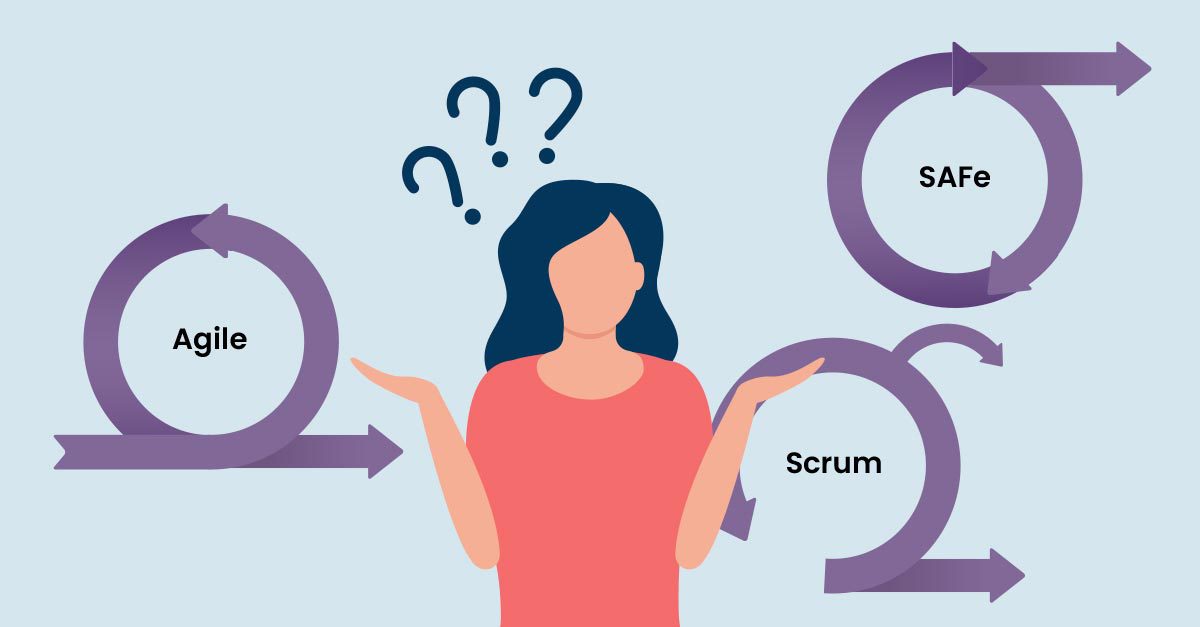
Get to grips with agile and discover the differences between Scrum and the Scaled Agile Framework® (SAFe®) to decide which one is right for your next project, and aligned with your organisational culture and industry requirements.
The world of project management, product development and value delivery is characterised by an assortment of methodologies, techniques and frameworks. These are typically classed as traditional/sequential, agile/iterative or hybrid (a mix of both approaches).
In the agile realm, frameworks like Scrum and the Scaled Agile Framework® (SAFe®) are among the most popular. But for anyone new to these concepts, figuring out how one relates to another, what sets them apart, and which framework best fits your goals, can be a mind-bending challenge.
In this guide, we’ll define and compare agile, Scrum and SAFe so you can clearly understand how they overlap and where they diverge.
What is agile?
Agile is a way of thinking and working that enables teams to respond to change and deliver value efficiently. It encompasses a broad set of methods, frameworks and processes and, first and foremost, requires a mindset shift, ideally at all levels of an organisation. These components are guided by the values and principles of the Agile Manifesto.
In brief, 17 software engineers created the Agile Manifesto in 2001. These practitioners later became known as the ‘Agile Alliance’. Together, they realised that traditional software development processes were too heavyweight and reliant on documentation, so they devised an alternative approach.
Interpreting the Agile Manifesto
The Agile Manifesto describes four core values and 12 agile principles. The values include:
- Individuals and interactions over processes and tools. In other words, the agile team should understand that projects are people, as they are responsible for solving problems, staying within scope and defining success.
- Working software over comprehensive documentation. More simply, teams should consider the end product, service or solution the most important aspect of the project – not documentation.
- Customer collaboration over contract negotiation. Agile emphasises involving customers throughout the development process to ensure the product meets their needs, rather than relying solely on negotiated contracts.
- Responding to change over following a plan. Agile is about being nimble, especially in the wake of unforeseen circumstances. Teams should understand that factors can change and plans must be refined as work progresses.
Per the Manifesto, 12 agile principles help teams harness the above values. Although they reference software development, they apply to virtually any project type. The 12 principles are:
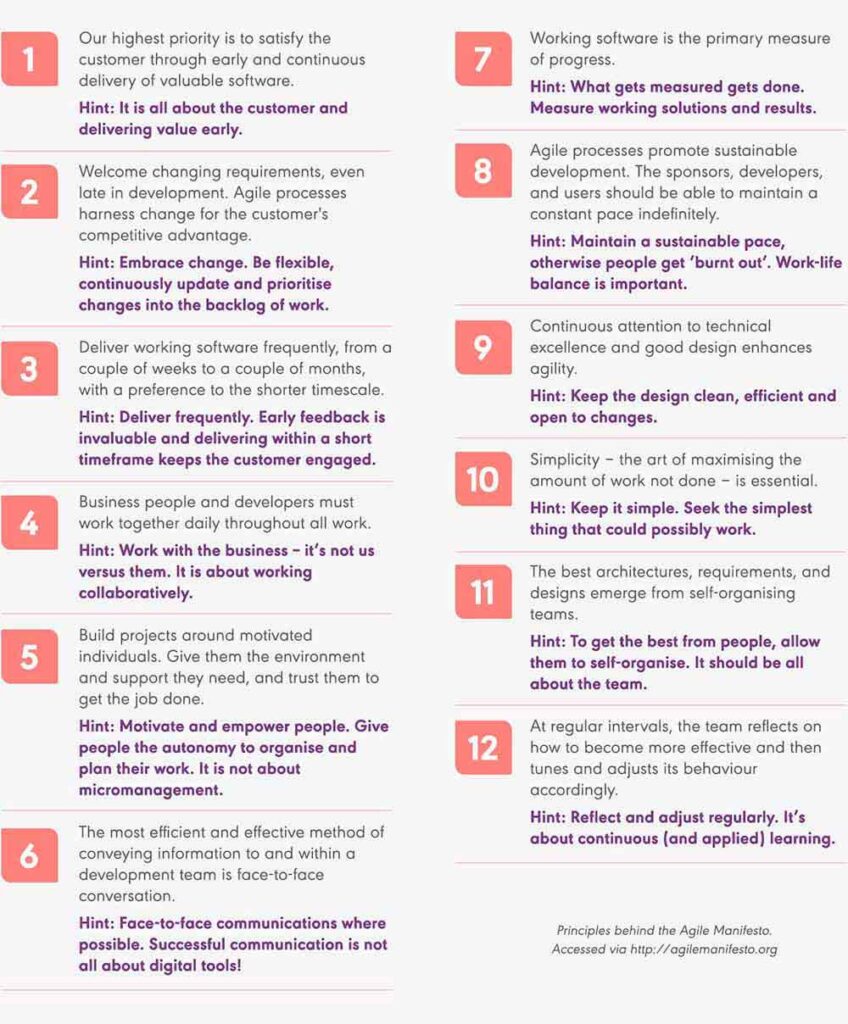
These agile principles aren’t a prescriptive framework, but more of a guidebook that emphasises flexibility, feedback, collaboration and continuous improvement.
What are the benefits of agile practices?
According to the 2022 State of Agile report, 80% of the study’s respondents said their organisation uses agile as its predominant delivery approach. Why? Because embarking on an agile journey has several advantages:
- Fewer errors: Agile practices advocate for regular check-ins. This iterative process helps reduce glitches, mistakes or irregularities, improving the end product.
- More accountability: Although the agile team works cross-functionally, all members are responsible for their own work with little oversight.
- Happier customers: Involving clients in the development process keeps them engaged throughout the delivery cycle. Moreover, it shows customers that you value their opinions.
- Greater flexibility: Agile project management is all about responding to disruption. This approach ensures the delivery process isn’t too rigid, allowing teams to adapt when issues arise or customer expectations change.
What is Scrum?
Scrum is a lightweight agile framework used to apply agile principles with a focus on transparency, inspection and adaption. It relies on small, cross-functional teams to deliver products and services in short cycles called ‘sprints’. Since 2009, Scrum’s creators have authored and updated the Scrum Guide, which establishes a common language for implementing its values, tools and techniques.
There are a number of other agile frameworks to choose from, including Kanban and Lean, but Scrum is today’s flavour of choice to help teams structure and manage their work to generate value.
How does Scrum work?
As an iterative process, the Scrum framework divides the project into several stages.
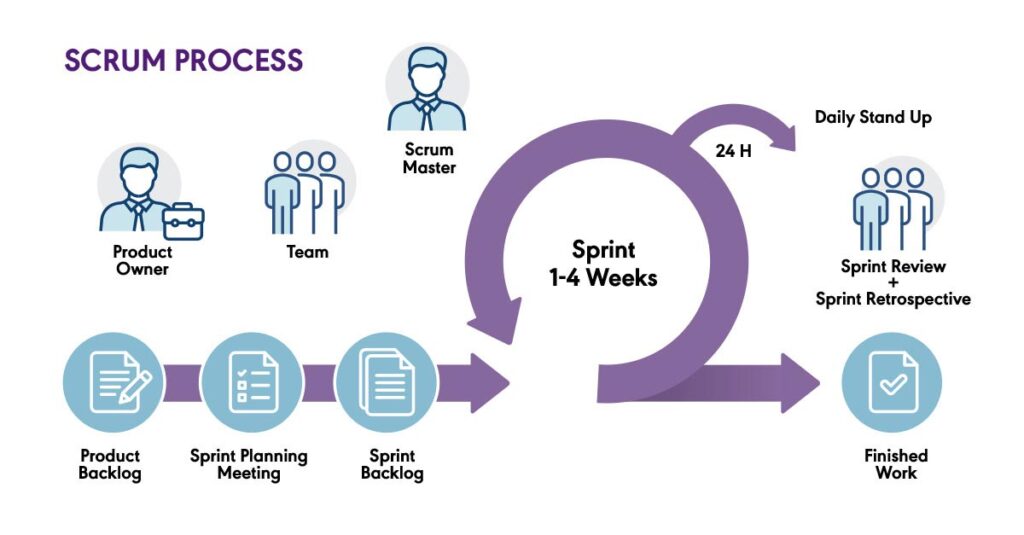
The Scrum team begins each cycle with a collaborative event, called a ‘sprint planning’ session. Here, they define the overall goal of the project and how the work will commence. At the end, they hold a similar event called a ‘sprint review’, which involves discussing what they’ve accomplished and what their next steps should be. This process continues until the project is complete.
Additionally, the Scrum team has three main roles:
- Scrum master: The Scrum master is an expert in the Scrum framework and ensures all team members adhere to its values. They facilitate sprint planning and sprint review events, resolve conflict and help organise an optimal working environment.
- Product owner: The product owner advocates on the customer’s behalf, ensuring their needs are heard and addressed. They’re responsible for gathering requirements, managing the product backlog, and aligning goals with the development process.
- Team members: The rest of the development team includes a cross-functional group responsible for executing the work. They meet daily to maintain transparency, adapting the work as they go.
Teams typically include 10 members or less. According to the Scrum Guide, they work together in support of five core values:
- Commitment to the team and its goals.
- Courage to tackle tough problems.
- Focus on the work to make the best progress toward your goals.
- Openness about the work and its challenges.
- Respect for your team members as capable, independent people.
What are the benefits of Scrum?
The Scrum Alliance argues that practicing Scrum can offer the following advantages:
- Minimised risk
- Enhanced ability to manage change
- Ability to uncover bottlenecks that inhibit value delivery
- Increased transparency for stakeholders
- Continuous improvement throughout the project cycle.
What is the Scaled Agile Framework® (SAFe®)?
While Scrum is specifically for teams, the Scaled Agile Framework (SAFe) is a way of scaling agile practices at an enterprise-wide level. According to the State of Agile report, SAFe is the most popular agile scaling framework with 53% of respondents using it in their organisations.
How does SAFe® work?
The Scaled Agile Framework is built upon three pillars: systems thinking, agile software development and lean product development. These ideas work in synergy to help enterprises apply agile practices across the entire business, rather than just one team or solution. For more information, read our comprehensive guides to SAFe and SAFe’s 10 guiding principles.
SAFe takes a more structured approach to scaling agile than other frameworks and offers four levels of implementation tailored to various levels of scale.
Essential SAFe: Provides the foundational elements for coordinating and aligning multiple agile teams within a single value stream.
Large Solution SAFe: Extends Essential SAFe by adding alignment mechanisms for managing multiple agile teams and value streams working together on a large solution or complex product.
Portfolio SAFe: Focuses on strategic alignment, investment funding and lean portfolio management, applying to an entire portfolio of solutions.
Full SAFe: Represents the most comprehensive version of SAFe, incorporating all levels of the framework for end-to-end value delivery across the entire organisation.
What are the benefits of the Scaled Agile Framework?
Businesses that implement SAFe often experience the following results:
- 10-50% happier, more engaged employees
- 30-75% faster time-to-market
- 20-50% increase in productivity
- 25-75% improvements in quality.

Compare and contrast: Agile, Scrum and SAFe®
Scrum and SAFe both build off of agile principles. So, if you’re new to these concepts, it’s vital to understand and implement the agile mindset and philosophy before choosing which framework is best suited to your needs.
As mentioned above, Scrum is typically better for small teams, whereas SAFe is intended to help organisations implement lean-agile practices across the entire enterprise. If you’re working on large-scale projects and require company-wide agility, SAFe is perhaps the optimal choice. Projects involving a single product or service where teams can manage their work independently are ideal for Scrum.
Agile, Scrum and SAFe® certification
No matter your framework or methodology, you need a firm knowledge base to start the agile journey on the right track. That’s why many project management professionals pursue an agile certification.
Certification courses not only strengthen your skills but also help ingrain the agile mindset into your way of working. Hands-on practice ensures you have experience applying agile principles in real-world scenarios, allowing you to learn by doing. Best of all, an agile certificate can improve your job prospects, unlocking opportunities for long-term growth and prosperity.
At PM-Partners, we offer all the certification courses you need for a career in agile project management. Some of the most popular include:
- Agile Fundamentals
- Scrum Master Certified (SMC®)
- Scrum Product Owner Certified (SPOC®)
- Leading SAFe ® 6.0 Certification
- SAFe® for Teams
- Lean Portfolio Management.
Learn more about how PM-Partners’ Scaled Agile services can support your SAFe journey today. If you’re interested in an agile certification, contact us online or call 1300 70 13 14.




